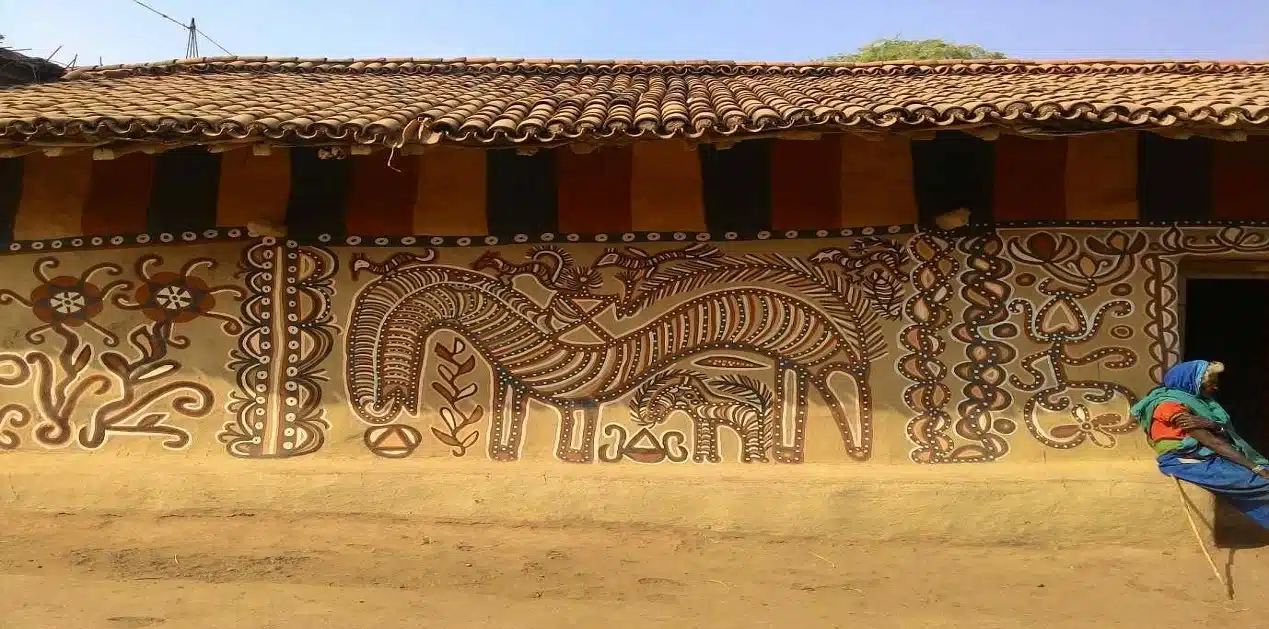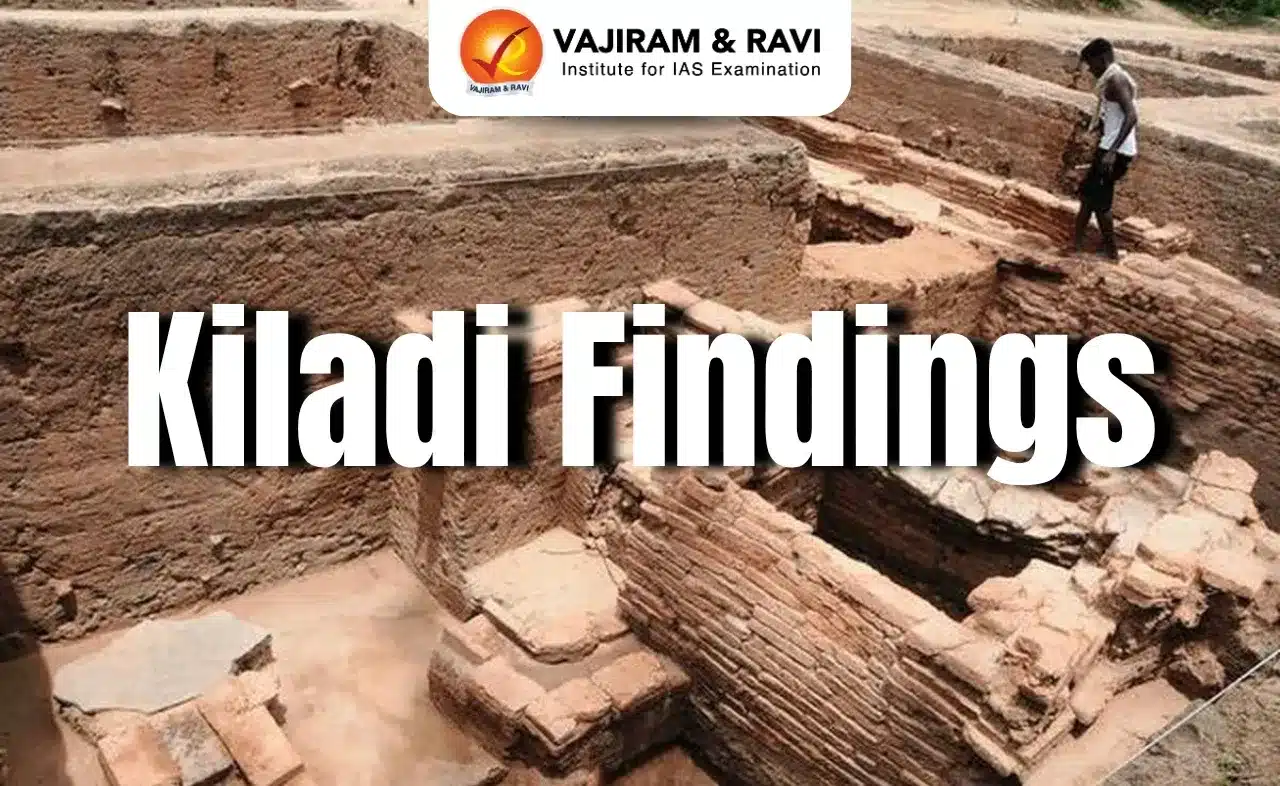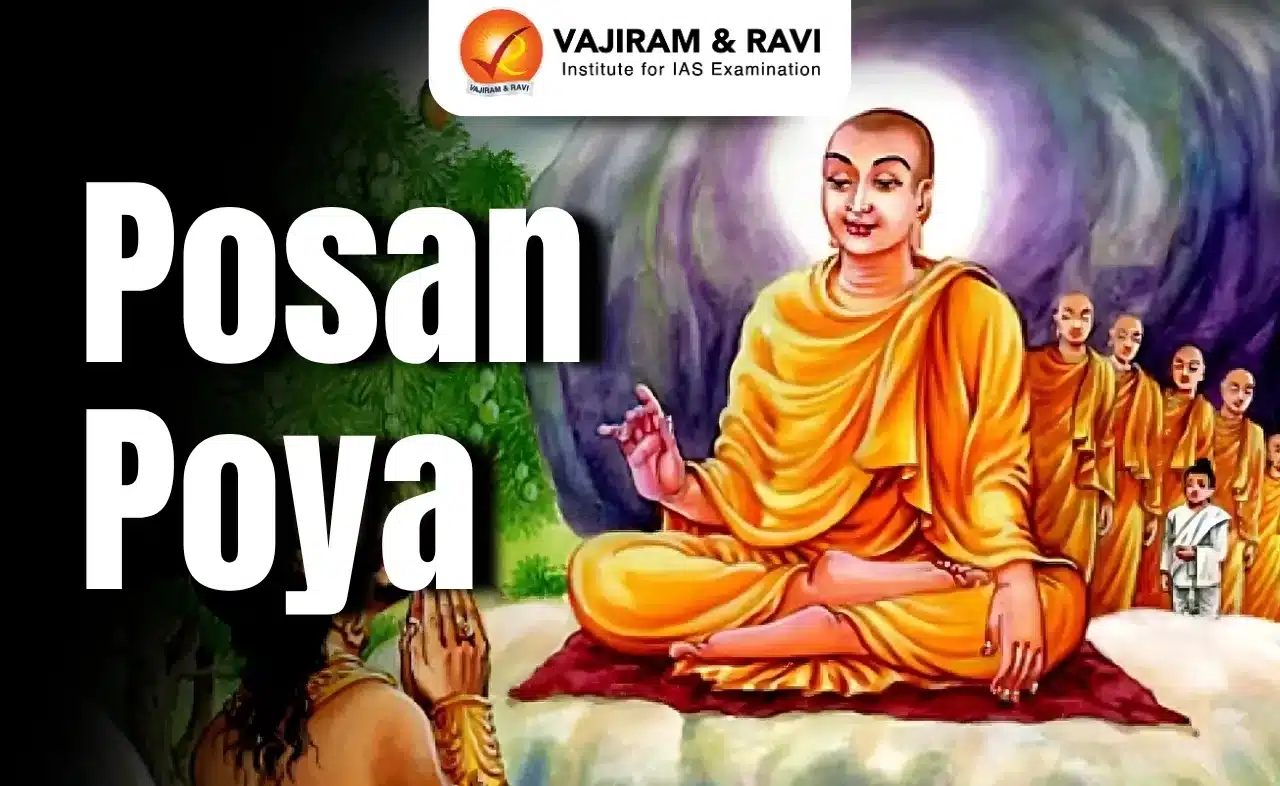About Sohrai Painting :
- It is an indigenous mural art form.
- It is also interesting to note that the word ‘Sohrai’ comes from soro – translating to ‘to drive with a stick’.
- This art form dates back to the Meso-chalcolithic period (9000-5000 BC).
- The Isko rock shelter excavated in Barkagaon, Hazaribagh area also has rock paintings that are exactly similar to the traditional Sohrai paintings.
- Theme: It is usually based on natural elements of the universe, this includes forests, rivers, animals amongst others.
- These ancient paintings are made by tribal (Adivasi) women with the use of natural substances like charcoal, clay, or soil.
- The very primitive form of Sohrai art was in the form of cave paintings.
- It is practiced by indigenous communities, particularly in the States of Jharkhand, Bihar, Odisha, and West Bengal.
- It is the art of the women of the Kurmi, Santal, Munda, Oraon, Agaria, Ghatwal tribes.
- The region of Hazaribagh in Jharkhand that has received the GI tag for this art form.
- Sohrai paintings are distinctive for their vibrant colours, intricate patterns, and symbolic motifs;
- There is a Sohrai festival held every year, marking the harvesting season and the arrival of winter.
Q1: What is a mural art form?
A mural is an ancient form of artwork that consists of painting directly onto a wall or ceiling surface. The term mural can apply to paintings on fired tiles but usually does not include mosaic decorations unless the mosaic is part of the overall scheme of the image.
News: PM Modi Gifts Jharkhand’s Art To Russia’s President Putin During BRICS Summit
Last updated on June, 2025
→ UPSC Notification 2025 was released on 22nd January 2025.
→ UPSC Prelims Result 2025 is out now for the CSE held on 25 May 2025.
→ UPSC Prelims Question Paper 2025 and Unofficial Prelims Answer Key 2025 are available now.
→ UPSC Calendar 2026 is released on 15th May, 2025.
→ The UPSC Vacancy 2025 were released 1129, out of which 979 were for UPSC CSE and remaining 150 are for UPSC IFoS.
→ UPSC Mains 2025 will be conducted on 22nd August 2025.
→ UPSC Prelims 2026 will be conducted on 24th May, 2026 & UPSC Mains 2026 will be conducted on 21st August 2026.
→ The UPSC Selection Process is of 3 stages-Prelims, Mains and Interview.
→ UPSC Result 2024 is released with latest UPSC Marksheet 2024. Check Now!
→ UPSC Toppers List 2024 is released now. Shakti Dubey is UPSC AIR 1 2024 Topper.
→ Also check Best IAS Coaching in Delhi






















